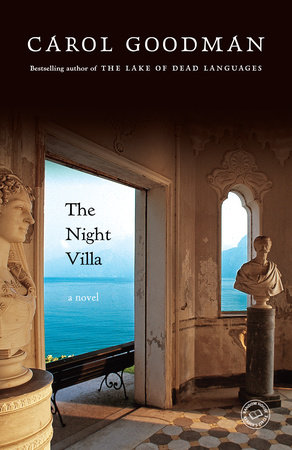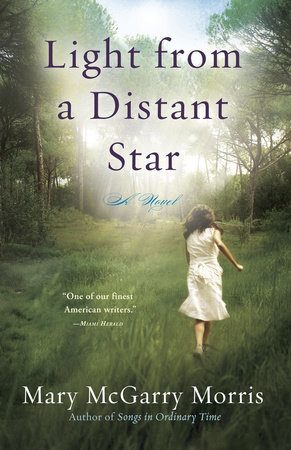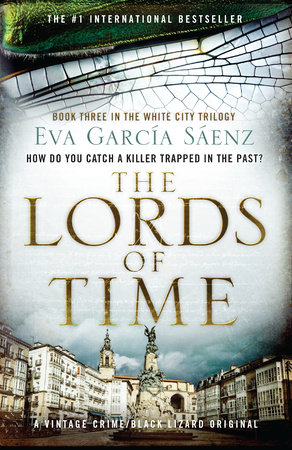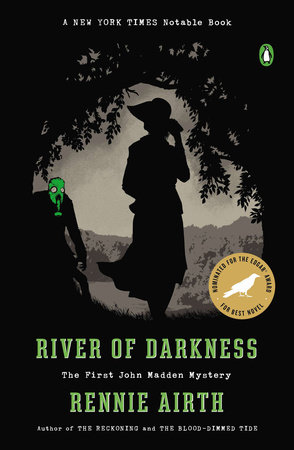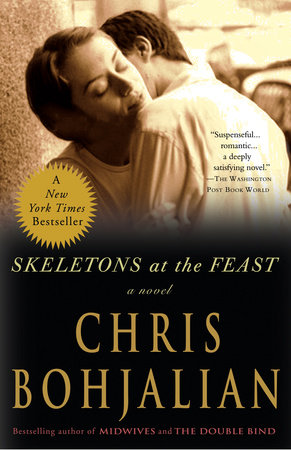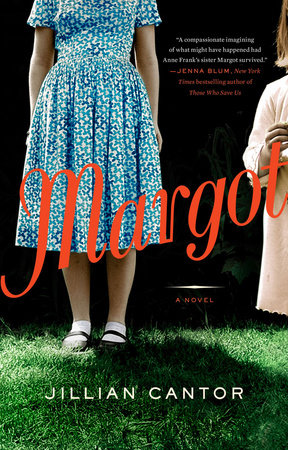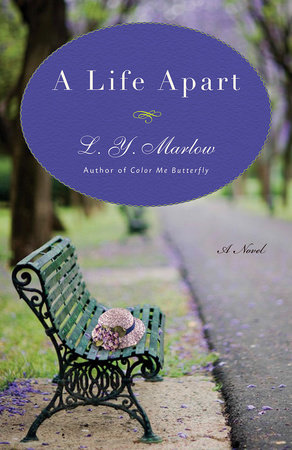Author Q&A
A Conversation With Carol Goodman
Carol Goodman and her husband, Lee Slonimsky, chat about writing, Italy, and good tomatoes.
Lee Slonimsky: Like your last book, The Sonnet Lover, The Night Villa is set in Italy, but this time in the Bay of Naples. What drew you back to an Italian setting, and why a different part of the country?
Carol Goodman: Having made numerous trips to Italy while researching The Sonnet Lover, one visit I found particularly memorable was to the Bay of Naples. This breathtakingly beautiful area has fascinated me since I first visited Pompeii and Herculaneum as a classics student in college. I think any writer strolling the streets of Sorrento would find inspiration there.
LS: Certainly many have. Sorrento’s town square is even dominated by the statue of a native poet, Torquato Tasso. So was Italy your main inspiration for the novel, or did something else lead you to this story?
CG: More than most, this book had a very precise moment of origin. My friend Ross Scaife is a professor of classics at the University of Kentucky, and he told me of a grant he’d been given to use multispectral imaging to study the charred manuscripts found at Herculaneum’s Villa dei Papiri. I thought this was just about the coolest thing I’d ever heard of and immediately wanted to base a book’s plot around a similar exploration. Ross was generous with suggestions and explanations, and he directed me toward a fine book by David Sider, The Library of the Villa dei Papiri. As I constructed my story, though, I realized I had to fictionalize the villa as well as give my characters someplace to relax. I also took many liberties with the scientific process of scanning ancient manuscripts, for which I apologize to Ross and his colleagues.
LS: One of the most remembered and tragic events in history, the eruption of Vesuvius in a.d. 79 is an interesting choice of subject matter for a novelist like yourself who often works with themes of memory and loss. Has Pompeii long been a subject of fascination for you?
CG: The first time I saw Pompeii and Herculaneum, I was twenty years old. Spending a semester at the Inter-Collegiate Center for Classical Studies in Rome, I visited a lot of ancient sites. Still, nothing prepared me for walking down an actual street in Pompeii or entering an authentic house in Herculaneum.
LS: Were Iusta and Phineas real people?
CG: Phineas is fictional; Iusta is based on a real person. I first read about her in Joseph Jay Deiss’s book Herculaneum: Italy’s Buried Treasure. Her story is much as I describe it in chapter five of The Night Villa, with a few details changed about the lawsuit. All that is known about Iusta comes from eighteen wax tablets. We don’t know whether she was even in Herculaneum when Mount Vesuvius erupted. Everything Sophie finds out about Iusta from Phineas is, of course, fictional.
LS: All your novels have been filled with classical references of one sort or another, but The Night Villa is the first to contain a literal, if fictitious, ancient manuscript, a real character and voice from the ancient world. What was writing in that voice like for you?
CG: I was worried I wouldn’t be able to capture Phineas’s voice or tell Iusta’s story. For Phineas, I reread a number of classical authors: Pliny, Tacitus, Suetonius, Aulus Gellius, and Livy. When writing those sections, I tried to think about how it would sound in Latin, so while composing in English, I used words with Latin counterparts.
As for Iusta, I was immediately drawn to her story, but it wasn’t until the end of the book that I felt I heard her voice. I could have written much more about her, but at least she has the final word.
LS: Was there anything else that inspired you in the course of writing the book?
CG: Your book of sonnets about the life of Pythagoras [Pythagoras in Love] suggested to me the nature of the modern cult in The Night Villa. I had no idea how important and profound a historical figure Pythagoras was–even more than a mathematician or philosopher.
LS: The Night Villa includes two of my poems, one written in this plot-oriented manner, and the other a recent poem you liked and thought would fit your plot. That’s the Wilhelmina F. Jashemski poem, which had actually been inspired by reading The Night Villa.
CG: It wasn’t until the second draft that I realized it would work perfectly as the poem Sophie wrote for Elgin. You know, you’ve adopted a persona of Pythagoras for your poems and are so adept at writing from the personae I’ve “assigned” you over the years [Zalman Bronsky in The Ghost Orchid, Ginevra de Laura in The Sonnet Lover], I sometimes wonder if you ever write from your own point of view. I know I sometimes give my fictional characters pieces of myself. For instance, I give Sophie my old Austin bungalow and, of course, my love of classical authors.
LS: Were there any particular books you read during your research for The Night Villa?
CG: I read a lot of nonfiction books for research. For those interested, the most useful were Herculaneum: Italy’s Buried Treasure by Joseph Jay Deiss, The Library of the Villa Dei Papiri at Herculaneum by David Sider, The Cults of Campania by Roy Merle Peterson, The Cults of the Roman Empire by Robert Turcan, Romans on the Bay of Naples by John D’Arms, Earthly Paradises: Ancient Gardens in History and Archaeology by Maureen Carroll, and Vesuvius A.D.79 by Ernesto De Carolis and Giovanni Patricelli. For the history and atmosphere of Capri, I read The Story of San Michele by Axel Munthe, Siren Land by Norman Douglas, Capri and No Longer Capri by Raffaele La Capria, and Greene on Capri by Shirley Hazzard. It was fun but also hard work. The next book is going to be set in New England.
LS: No more trips to Italy?
CG: Not for a little while, but I was thinking we could go hiking in New Hampshire.
LS: Sounds good to me.
